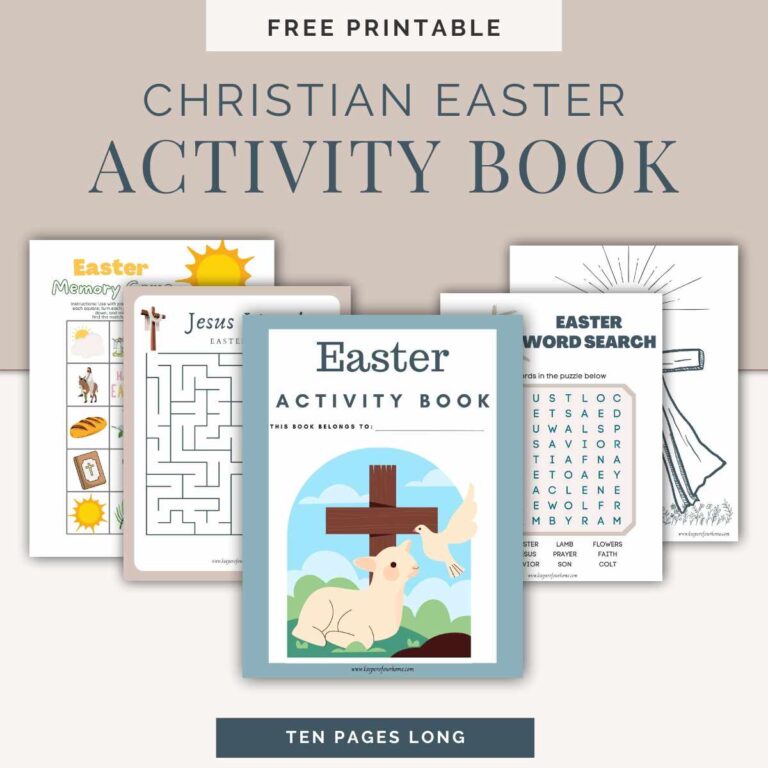Helping Your Teen Create Their First Budget: Tips and Tools
As parents, one of the most valuable lessons we can teach our kids is how to manage their money. Using a teen budget worksheet is an excellent way to start. It’s a practical tool that helps kids understand their monthly expenses, set savings goals, and make smart choices about their finances.
In this guide, I’ll share how you can use this budget worksheet to help your teens, from middle school to high school, develop strong money management skills.

As an Amazon Associate I earn from qualifying purchases. This post may contain affiliate links which means I make a small commission at no extra cost to you. See my full disclosure here
Why is Understanding Finances Important For This Age Group?
Financial literacy should be important for everyone, but it’s especially important to instill it in our children from a young age. For teens, learning how to manage money can set them up for a successful financial future. Knowing how much money they have, how much they spend, and how much they save is the first step toward financial independence.
What is a Teen Budget Worksheet?
A teen budget worksheet is an easy tool designed to help teenagers track their income and expenses. Think of it as a budget planner that helps them see their financial activities clearly and make changes as needed. This worksheet can be a great way to introduce concepts such as:
- Income: Money that comes from allowances, part-time jobs, or gifts.
- Expenses: Money spent on different activities or things like school supplies, entertainment, and items they want.
- Savings: Money set aside for future use, whether it’s for a new gadget, a car, or even college.

Why Should Teens Use a Budget Worksheet?
- Understanding Monthly Expenses: A budgeting worksheet helps teens categorize and look at their spending. By writing down every expense, they can see where their money goes and see areas where they can cut back.
- Setting Savings Goals: With a clear view of their finances, teens can set realistic savings goals. Whether it’s saving for a new phone or a long-term goal like college, a budget worksheet can help them plan and achieve these targets.
- Making Smart Choices: A budget template encourages teens to think about their spending habits. They learn to prioritize needs over wants, making smarter financial decisions.
- Building Financial Responsibility: Updating a budget worksheet on a weekly or monthly basis gives them a sense of responsibility and discipline. It encourages teens to be accountable for their financial actions, an important skill for adulthood.
Creating a Budget Template
Creating a budget template for teens doesn’t have to be complicated. Here’s a simple guide to get started:
- List Income Sources: Include all sources of income, such as allowances, part-time job earnings, and any gifts.
- Track Expenses: List expenses into sections like food, entertainment, school, transportation, and savings.
- Set Savings Goals: Set specific goals and put a portion of the income towards these savings every time any money comes in.
- Review and Adjust: At the end of each month, review the worksheet to see if they were able to follow the budget and make necessary adjustments.
Practical Steps for Parents
Start Early: Financial education should begin early. Even kids in 1st grade can start learning about money with simple lessons. For example, use 1st grade math to teach them about counting and saving small amounts.
Use Real-Life Examples: If you feel comfortable, show your teens your own budget sheets or monthly spending. Explain how you manage car payments, gas money, and other expenses. This helps them understand the real-world application of budgeting.
Introduce Digital Tools: Encourage your teens to use a teen budget app. These apps can make budgeting more interactive and engaging. There are actually a lot of budgeting apps for teens so make sure you do your research on which one is better suited for your teen. Make sure they have the latest version of Google Chrome or Mozilla Firefox for the best experience.
Set Up a Monthly Budget: Help your teens create a monthly budget. Include all possible income sources, such as allowance, part-time job earnings, and even take into account gift cards. List out all their expenses, including fast food, entertainment, and savings.

Monitor and Adjust: At the end of the month, sit down with your teens and review their budget. Discuss what worked, what didn’t, and how they can improve for the next month.
Teaching Personal Finance Through Activities
- Board Games: Play board games that teach money management, like Monopoly or the game of LIFE.
- Weekly Newsletter: Create a monthly or weekly newsletter with financial tips and news. Include sections like money-saving ideas and budget-friendly activities.
- School Projects: If you homeschool, include budgeting into school projects. For example, in social studies, discuss how Native Americans traded goods and resources. In Math, use real-world scenarios for math problems, such as calculating interest rates, loan payments, and creating budgets.
- Bank Visits: If possible, take them to a bank to understand how banking works and the different types of accounts. If they don’t have a bank account of their own yet, open one for them.
- Investment Simulations: Use online stock market simulators to teach about investing, risk management, and portfolio diversification.
- Budgeting Projects: Have your teens create and manage a budget for a hypothetical scenario, such as planning a party or a trip.
- Online Courses: Websites like Khan Academy, Coursera, and Investopedia offer free courses on financial literacy. The Dave Ramsey website also offers multiple curriculums for grades 8-12.
Create a Financial Literacy Curriculum
Create your own curriculum with lesson plans that cover key topics:
- Introduction to Money Management: Basics of earning, spending, saving, and budgeting.
- Banking and Saving: Understanding bank accounts, interest, and savings strategies.
- Credit and Debt: How credit works, managing debt, and the impact of credit scores.
- Investing Basics: Stocks, bonds, mutual funds, and risk management.
- Financial Planning: Setting financial goals, retirement planning, and taxes.
Teaching About Tithing
If you come from a religious background, tithing is important because it’s a way to show gratitude and support for your faith community. By giving a part of your money, you help fund church activities, support those in need, and contribute to projects that make a difference.
Getting into the habit of tithing at a young age is helpful because it teaches them to manage money wisely and make giving a part of their budget. It also helps build a sense of responsibility and generosity that will stay with them as they grow older.
When it comes to tithing, it’s important to approach it with the right heart attitude. Tithing should not be done grudgingly or out of obligation. Instead, it should come from a place of joy and willingness.
Giving cheerfully means you’re happy to contribute and support your faith community or causes you care about, rather than feeling forced or resentful.
Teaching teens to tithe is important because it helps them learn about being generous and finding joy in giving. Instead of forcing them to give, talk to them about why tithing is valuable and encourage them to do it willingly.
Explain how tithing can support important causes and build a kind spirit. By having these conversations and showing a positive attitude towards giving, you help them make their own decision about tithing. This approach helps them understand the importance of giving from the heart and develop a sense of responsibility and thankfulness.
“Each of you should give what you have decided in your heart to give, not reluctantly or under compulsion, for God loves a cheerful giver.” -2 Corinthians 9:7 (NIV)
Making Budgeting Fun
Board Games: Games like Monopoly and The Game of LIFE teach money management in a fun way.
Apps and Tools: Use budgeting apps designed for teens to make the process interactive.
Family Challenges: Set family challenges to see who can save the most money in a month. I encourage you to make wise financial literacy a part of your family culture.
Books: “The Total Money Makeover” by Dave Ramsey teaches about the 7 baby steps to financial freedom or “Rich Dad Poor Dad For Teens” by Robert Kiyosaki can be good starting points.
Related Blog Post: Unforgettable Quotes for Parents of Teenagers
Budget Worksheet For Teens Free Printable


Preparing for the Future
As your teens grow, their financial needs and responsibilities will change. Helping them understand how to manage a budget now will prepare them for future challenges, whether it’s handling debit cards and credit cards in college or managing their finances as high school students.
Budget Worksheet For Teens Closing Thoughts

A teen budget worksheet is more than just a tool; it’s an educational resource that promotes financial literacy and prepares teens for a financially responsible future. By teaching young people how to manage their money through a budget planner or the free worksheet offered in this blog post, we give them the skills needed to make smart choices, understand their monthly expenses, and achieve their savings goals. Starting this practice as early as middle school can be a life changing first step towards lifelong financial health.







Love this! Is there a way to make the document editable?
Not at this time but if more people are interested I can definitely work on this to make it editable, It’s a great idea!